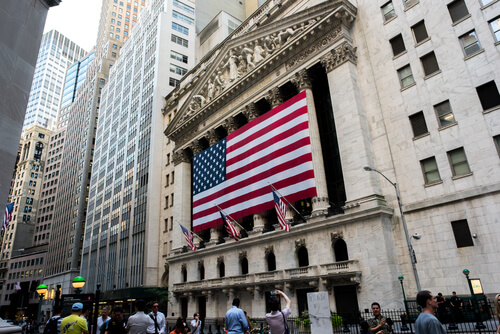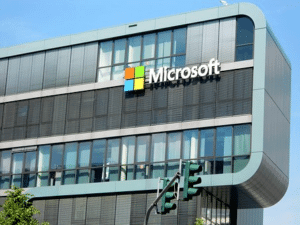As 2023 progresses, the economic narrative is taking a new turn, with declining inflation coinciding with robust economic growth, steering the United States away from a potential recession. This unexpected economic scenario unfolds against the backdrop of the highest interest rate environment witnessed in over two decades.
However, with the approach of 2024, the exceptional strength of consumer spending might hinder further positive developments on the inflation front. This might also impact how Federal Reserve Chair Jerome Powell frames the central bank’s strategy to combat inflation during his forthcoming speech at Jackson Hole, Wyoming.
Bank of America’s Shruti Mishra points out, “We think Powell’s tone at Jackson Hole will be less balanced than the July FOMC minutes since the latest data raise the risk of a fresh increase in inflation.”
Powell’s speech follows a string of robust economic data that highlights the resilience of consumer spending in July. The third quarter’s economic growth trajectory is now projected to be the strongest since the final quarter of 2021.
Citi economist Veronica Clark explains that the surge in demand for goods, coupled with rising commodity prices and diminishing disinflationary pressures from supply chains, could lead to an increase in goods prices. This has sparked building “upside risks” for goods prices and the potential for inflation to reaccelerate.
Although recent data indicates a decline in headline inflation over the past few months, a more nuanced narrative is unfolding beneath the surface.
In July, the Consumer Price Index (CPI) reflected a 0.2% month-over-month increase in headline inflation, a trend echoed by “core PCE,” which excludes volatile food and energy categories. Despite this, Jefferies US economist Thomas Simons points out that this might not paint the entire picture.
Simons argues that healthcare services and airfares, subject to extreme volatility in the post-pandemic economy, contribute to a more complex inflation picture. When excluding these factors, his alternative measure, the “super duper core service inflation,” recorded a 0.7% increase in June, marking the largest month-over-month growth since February.
While acknowledging the downward trend in inflation, Simons emphasizes the need for continued vigilance, particularly since the “super duper core” inflation suggests potential upward pressure. This encourages the Federal Reserve to maintain high rates and offer hawkish policy guidance.
EY-Parthenon chief economist Gregory Daco echoes the sentiment, stating that if the underlying factors like Simons’s measure indeed play out and month-over-month inflation rebounds, 2023 could end with inflation surpassing its current levels.
Meanwhile, although the pandemic-era job market has lost its momentum, significant wage growth persists. Wages have grown by 4.4% over the past year, outpacing the headline inflation rate of 3%. This positive “real” wage growth—adjusted for inflation—marks a positive turn since March 2021.
A recent New York Fed survey underscores the wage trend, indicating that workers are now willing to leave jobs for average wages of $78,645, an all-time high and an 8% increase from last year.
Despite these positive trends, the persistence of strong wage growth suggests that inflation pressures may not subside until more slack develops in the labor market. As Powell emphasized, striking a balance between wage growth and inflation remains essential, underscoring the significance of labor market conditions in influencing inflation dynamics. Powell noted that “wages are probably an important issue, going forward.” Although Powell sees signs of improvement in the labor market, he underscores the need for “further softening” in labor market conditions to address inflation effectively.











